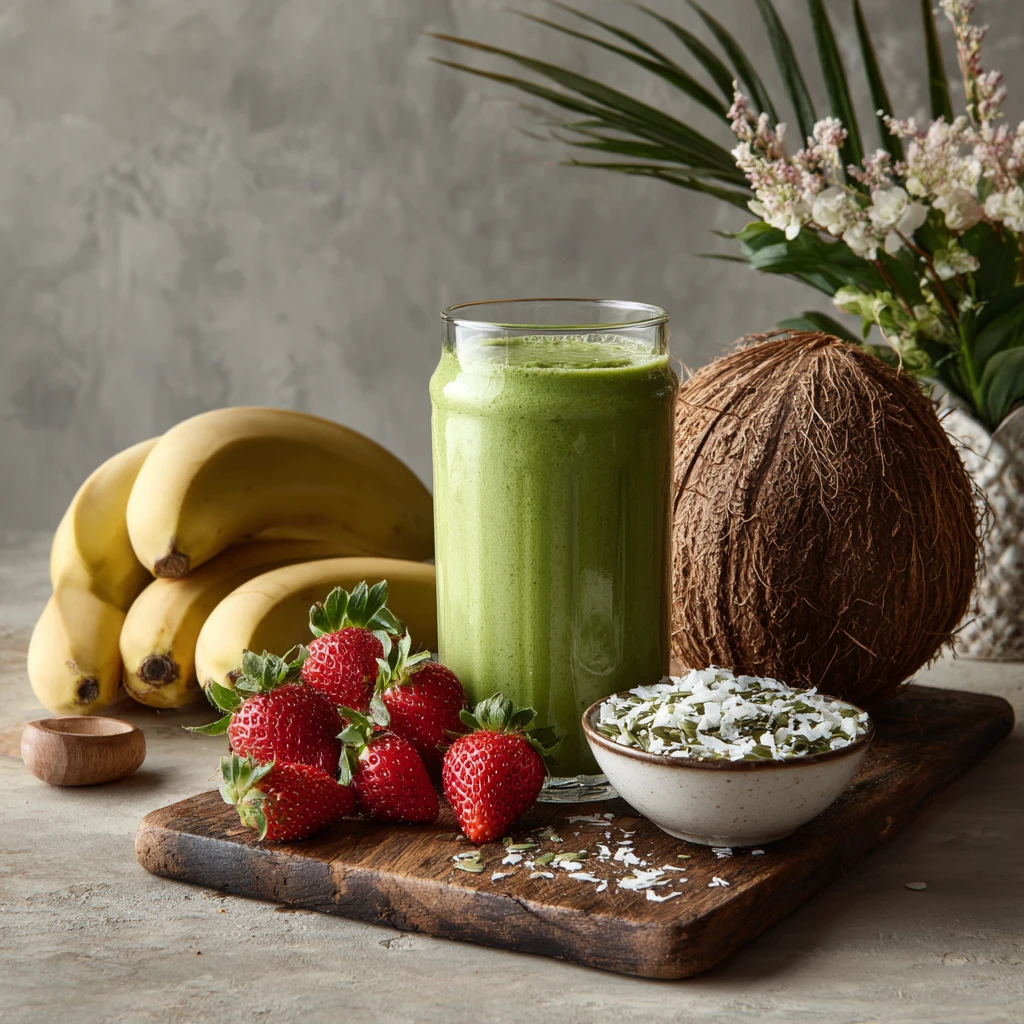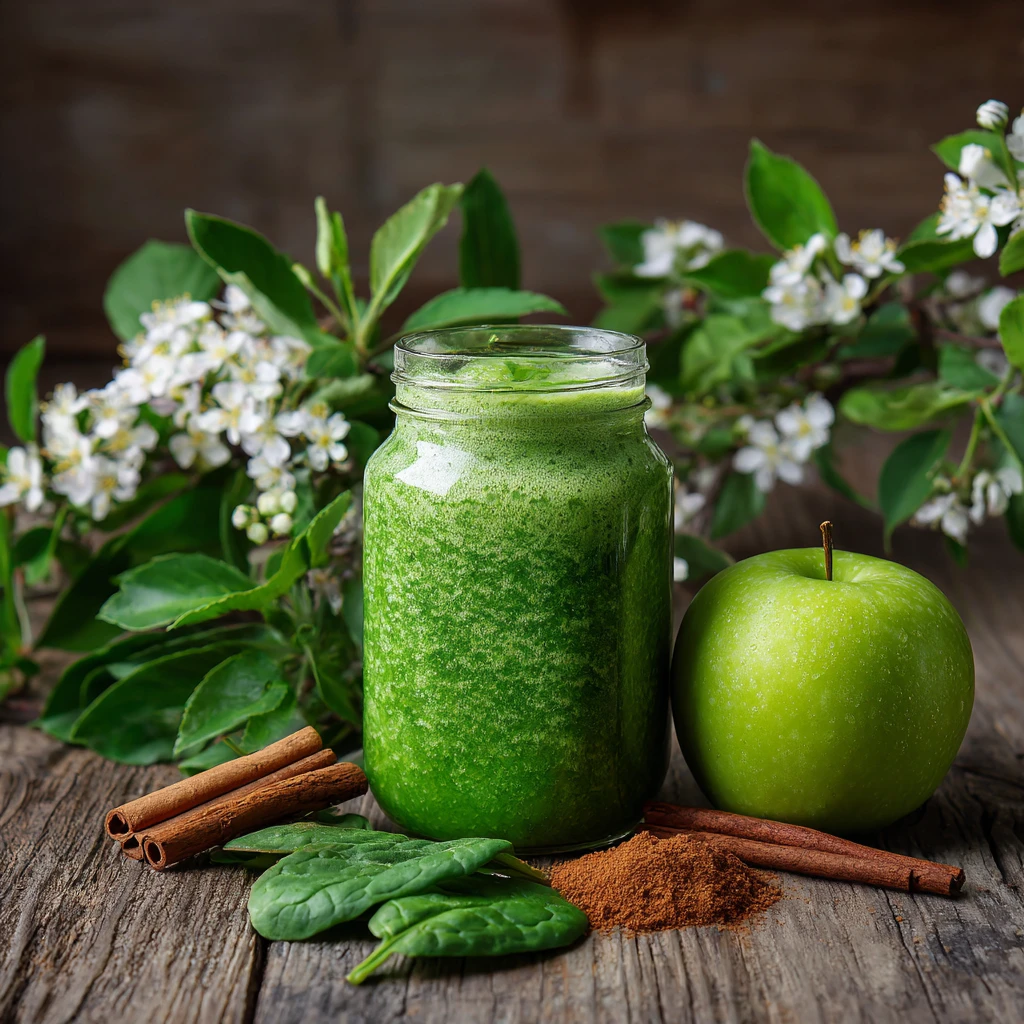How to Add a Little More Nature to Your Everyday
We live in a world increasingly dominated by concrete, screens, and artificial light. But humans are intrinsically connected to nature. Studies show that even small doses of nature can boost our mood, reduce stress, improve focus, and even enhance our immune system. Incorporating nature into your daily routine doesn’t require a complete lifestyle overhaul. It’s about finding small, sustainable ways to reconnect with the natural world, wherever you are. This article provides practical tips and strategies to help you bring a little more nature into your everyday life, enhancing your well-being and fostering a deeper appreciation for the environment.

Section 1: Bringing the Outdoors In: Nature at Home
One of the easiest ways to incorporate nature is by bringing the outdoors inside your home. This creates a more calming and restorative environment, offering a constant connection to the natural world.
Houseplants: More Than Just Decoration
Houseplants are a fantastic way to add life and vibrancy to your living space. They not only purify the air but also provide a visual reminder of the natural world. Consider a variety of plants with different textures and colors to create visual interest. Snake plants, spider plants, and peace lilies are known for their air-purifying qualities and are relatively easy to care for. Succulents and cacti are also low-maintenance options for those with busy schedules. Remember to research the specific light and watering needs of each plant to ensure they thrive.
Natural Light and Ventilation
Maximize natural light in your home by keeping windows clean and curtains open during the day. Natural light helps regulate your circadian rhythm, improving sleep quality and boosting your mood. Open windows regularly to allow fresh air to circulate, even for a short period. This can improve air quality and reduce stuffiness, creating a more invigorating indoor environment.
Natural Materials and Textures
Incorporate natural materials into your home decor. Wood furniture, cotton or linen fabrics, and stone accents can create a more grounded and calming atmosphere. These materials connect us to the natural world through their texture and appearance. Consider adding a wool rug, a bamboo shade, or a wooden bowl to your living space.
Nature-Inspired Art and Decor
Hang artwork depicting natural landscapes or wildlife. Choose nature-themed prints, paintings, or photographs that resonate with you. You can also incorporate natural elements like dried flowers, seashells, or stones into your decor. A terrarium or a miniature zen garden can also bring a touch of nature indoors.
Section 2: Nature on the Go: Incorporating Nature into Your Commute and Workplace
Even if you live in a city, you can find ways to connect with nature during your commute and at work. These small interactions can significantly impact your well-being.
Green Commute Options
If possible, choose a green commute option, such as walking, cycling, or taking public transportation. Walking or cycling allows you to experience the sights, sounds, and smells of your surroundings. Even a short walk to the bus stop or train station can provide a brief dose of nature. If driving is unavoidable, consider carpooling to reduce your environmental impact.
Biophilic Design at the Workplace
Advocate for biophilic design in your workplace. This approach incorporates natural elements into the office environment, such as plants, natural light, and views of nature. Studies have shown that biophilic design can improve employee productivity, reduce stress, and enhance overall well-being. If you have control over your workspace, consider adding plants, a small water feature, or artwork depicting nature.
Lunchtime Nature Breaks
Take advantage of your lunch break to spend time outdoors. Find a nearby park, garden, or green space where you can relax and enjoy the natural surroundings. Even a 15-minute walk in nature can help you de-stress and recharge. Eat your lunch outside, if weather permits, to further enhance your connection with nature.
Desk Plants and Natural Light
Keep a small plant on your desk or near your workstation. Even a single plant can brighten your workspace and provide a visual reminder of nature. Position your desk near a window to maximize natural light exposure. If possible, take short breaks throughout the day to look out the window and focus on the natural scenery.
Section 3: Conscious Consumption: Connecting with Nature Through Food and Gardening
Our food choices and gardening habits offer powerful opportunities to connect with nature. By being mindful of where our food comes from and engaging in gardening, we can foster a deeper appreciation for the natural world.
Support Local and Sustainable Agriculture
Choose locally sourced and sustainably grown foods whenever possible. Visit farmers’ markets or join a community-supported agriculture (CSA) program to access fresh, seasonal produce. Supporting local farmers helps reduce your carbon footprint and promotes sustainable agricultural practices. Learn about the origins of your food and the impact of your food choices on the environment.
Grow Your Own Food
Start a small garden, even if it’s just a few pots on your balcony or windowsill. Growing your own herbs, vegetables, or fruits is a rewarding way to connect with nature and appreciate the process of food production. Gardening can also be a relaxing and therapeutic activity. Even a small garden can provide fresh, healthy food and a sense of accomplishment.
Mindful Eating
Practice mindful eating by paying attention to the taste, texture, and smell of your food. Appreciate the natural ingredients and the journey they took to reach your plate. Avoid distractions while eating, such as watching television or using your phone. Savor each bite and be grateful for the nourishment that nature provides.
Composting
Start composting food scraps and yard waste to reduce waste and create nutrient-rich soil for your garden. Composting is an environmentally friendly way to recycle organic materials and reduce your carbon footprint. It also provides a valuable resource for improving soil health and promoting plant growth.
Section 4: Nature in Your Free Time: Reconnecting with the Natural World Through Activities
Make time for outdoor activities in your free time to reconnect with the natural world. These activities can provide a sense of adventure, relaxation, and rejuvenation.
Hiking and Walking
Explore local parks, trails, and forests by hiking or walking. Hiking is a great way to get exercise, enjoy the scenery, and connect with nature. Choose trails that match your fitness level and explore different landscapes. Walking in nature can also be a meditative experience, allowing you to clear your mind and reduce stress.
Camping and Backpacking
Plan a camping or backpacking trip to immerse yourself in nature. Camping provides an opportunity to disconnect from technology and reconnect with the natural world. Choose a campsite that offers access to hiking trails, swimming areas, or other outdoor activities. Backpacking allows you to explore remote areas and experience the solitude and beauty of nature.
Gardening and Landscaping
Dedicate time to gardening and landscaping your yard. Create a garden that attracts pollinators, such as bees and butterflies. Plant native species that are adapted to your local climate and provide habitat for wildlife. Gardening is a rewarding way to connect with nature and create a beautiful and sustainable landscape.
Nature Photography and Birdwatching
Take up nature photography or birdwatching as a hobby. These activities encourage you to observe the natural world more closely and appreciate its beauty. Capture the beauty of landscapes, plants, and animals through photography. Learn to identify different bird species and observe their behavior.
Section 5: Cultivating a Nature-Connected Mindset: Mindfulness and Appreciation
Beyond specific activities, cultivating a nature-connected mindset involves consciously appreciating and respecting the natural world in all aspects of your life.
Mindfulness in Nature
Practice mindfulness in nature by paying attention to your senses. Notice the sights, sounds, smells, and textures of your surroundings. Focus on the present moment and let go of distractions. Mindfulness in nature can help you reduce stress, improve focus, and enhance your appreciation for the natural world.
Gratitude for Nature
Cultivate gratitude for the natural world by reflecting on the benefits it provides. Consider the air you breathe, the water you drink, and the food you eat. Appreciate the beauty of landscapes, plants, and animals. Gratitude can help you develop a deeper connection with nature and a greater desire to protect it.
Environmental Stewardship
Become an environmental steward by taking action to protect the natural world. Reduce your carbon footprint, conserve water, and recycle waste. Support organizations that are working to protect the environment. Educate yourself and others about environmental issues. Even small actions can make a big difference.
Educate Yourself
Learn about the natural history of your local area. Visit museums, attend lectures, or read books about the local flora, fauna, and geology. Understanding the natural history of your area can deepen your appreciation for its unique characteristics and inspire you to protect it.

FAQ: Adding Nature to Your Life
Q: What are the benefits of connecting with nature?
A: Connecting with nature offers numerous benefits, including reduced stress, improved mood, enhanced focus, boosted immune system, and increased creativity.
Q: How can I bring nature indoors?
A: You can bring nature indoors by adding houseplants, maximizing natural light, using natural materials in your decor, and displaying nature-inspired art.
Q: How can I incorporate nature into my commute?
A: Consider walking, cycling, or taking public transportation. Even a short walk to the bus stop can provide a brief dose of nature.
Q: What are some ways to connect with nature in my free time?
A: Enjoy outdoor activities such as hiking, camping, gardening, nature photography, and birdwatching.
Q: How can I cultivate a nature-connected mindset?
A: Practice mindfulness in nature, cultivate gratitude for the natural world, become an environmental steward, and educate yourself about nature.
Q: What if I live in a city?
A: Even in urban environments, you can find parks, gardens, and green spaces. Focus on bringing nature indoors and making conscious choices to support sustainability.
Q: How much time in nature is enough?
A: Even a few minutes a day can make a difference. Studies show that as little as 10-20 minutes in nature can provide significant benefits.



